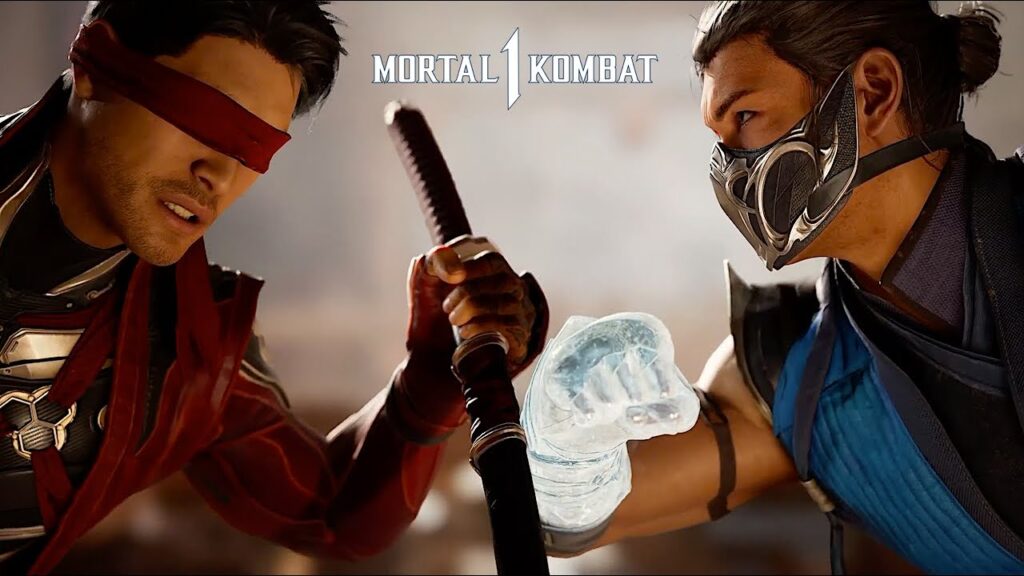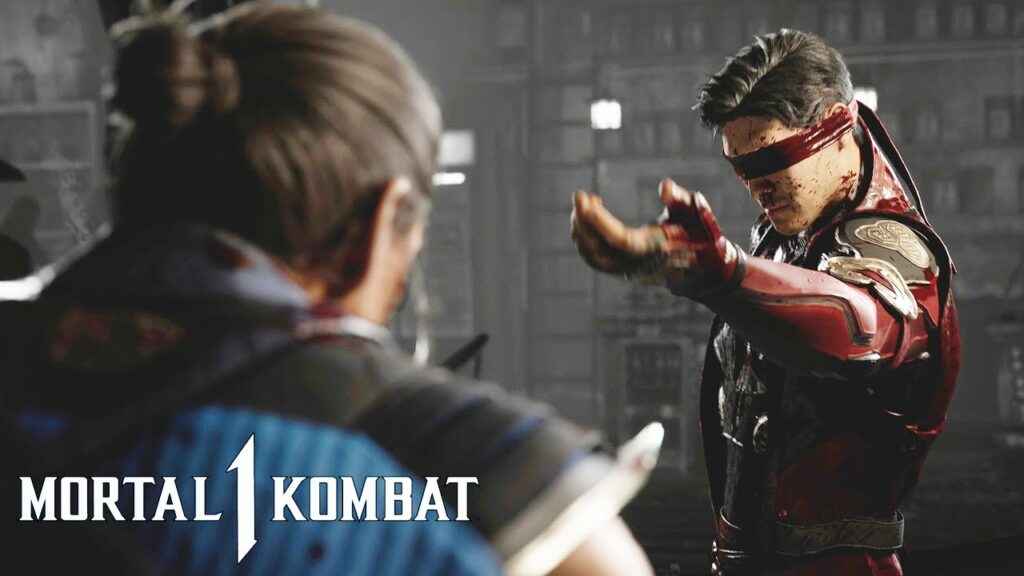
In the vibrant realm of gaming, where pixels and polygons converge to create unforgettable experiences, Mortal Kombat has long held a notorious position. The franchise’s bold embrace of ultraviolence and excessive gore has been both a distinguishing feature and a subject of debate. As the latest installment of Mortal Kombat graces our screens, a crucial question looms: should there be a feature to toggle the intensity of violence, striking a delicate balance between artistic integrity and accessibility? In this discourse, we venture to weigh the pros and cons of such a feature, exploring its implications for the esports scene, content creators, and the game’s identity.
Pros: Forging a Path to Inclusivity
Mortal Kombat has solidified its presence in the esports realm, captivating a diverse audience of gamers and spectators alike. Yet, the game’s penchant for visceral gore has been a double-edged sword, deterring potential sponsors who shy away from its explicit content. Advertisers catering to a broader demographic, including families and all-age audiences, often hesitate to align their brand with such ultraviolence. This reluctance to sponsor the game’s content and events directly impacts tournament funding, casting shadows on prize pools and production quality.
Content creators, too, face the repercussions of Mortal Kombat’s unabashed violence. Platforms like YouTube have wielded their content guidelines to demonetize videos that showcase excessive gore and brutality, stifling the creativity of those who seek to entertain through their gameplay. Furthermore, the very nature of the game can alienate individuals uncomfortable with graphic depictions of violence, making it challenging for them to engage with Mortal Kombat’s esports scene or online gaming content.
Cons: Wrestling with Identity and Censorship
The essence of Mortal Kombat lies in its audacious embrace of ultraviolence, carving a distinct niche in the world of fighting games. By eliminating or toning down the game’s hallmark gore, we risk diluting its identity and robbing it of its core essence. Unlike its peers, Mortal Kombat dares to revel in its M-rated status, inviting adults to revel in mature content unburdened by censorship.
Stripping the game of its blood-soaked theatrics to appease the sensibilities of corporate entities might compromise the very soul of Mortal Kombat (See Havik). Censorship, even when undertaken with the best intentions, could unravel the tapestry of artistic expression woven by the game’s creators. The inherent tension between unfettered artistic creation and corporate branding obligations is palpable, igniting a firestorm of ethical and philosophical considerations.
The Balance Between Artistry and Accessibility
Amidst this intricate dance between preserving artistic integrity and promoting inclusivity, the prospect of introducing customizable violence levels emerges as a potential savior. Empowering players to toggle the intensity of gore and brutality in Mortal Kombat could usher in a new era of accessibility. Enthusiasts who relish the game’s quintessential ferocity can continue to indulge, while those seeking a less graphic experience can tailor their gameplay to suit their preferences.
At its core, offering a spectrum of violence intensity options is a testament to the spirit of choice. Gamers and content creators should not be coerced into a binary decision of all or nothing. By providing a middle ground, the franchise could amplify its reach, inviting a broader community to partake in the adrenaline-pumping world of Mortal Kombat.
In a landscape where diverse tastes and sensitivities collide, the journey towards equilibrium is seldom easy. Yet, the prospect of embracing more controls emerges as a potential boon. The empowerment of players and businesses to align their brand with products and events of their choosing is a reflection of gaming’s evolving tapestry. The question that remains is not whether Mortal Kombat should introduce such a feature, but how it can be done thoughtfully, preserving the game’s essence while embracing a future where accessibility and artistic expression coexist in harmonious synergy.
About Author
You may also like
-
#C2E2 Cosplay Central Crown Championship 2024
-
Marco Rodrigues Returns in Fatal Fury: City of the Wolves
-
Discover What Makes Eiyuden Chronicle: Hundred Heroes a Must-Play RPG
-
Gamers Slam Capcom for ‘Woke’ Agenda in Localization Efforts
-
#FightFriday: Should Killer Instinct 2013 get ported to Playstation and Nintendo?
